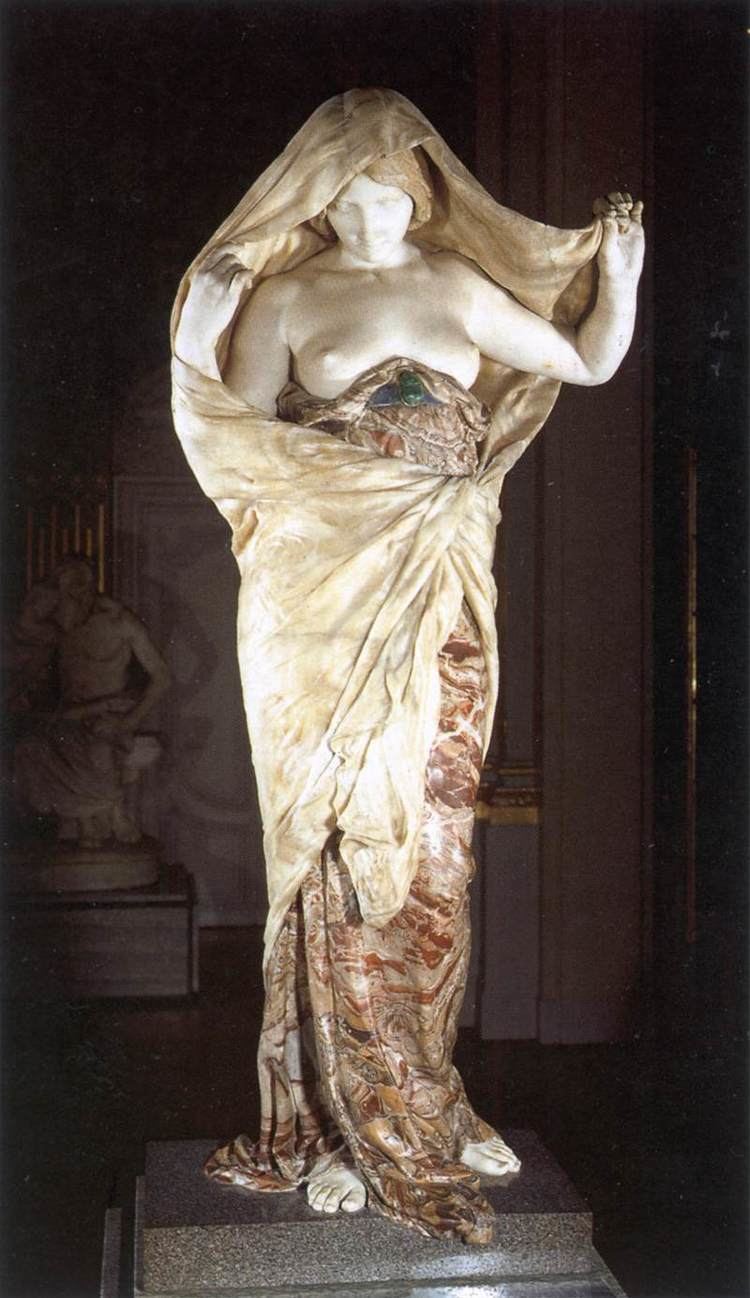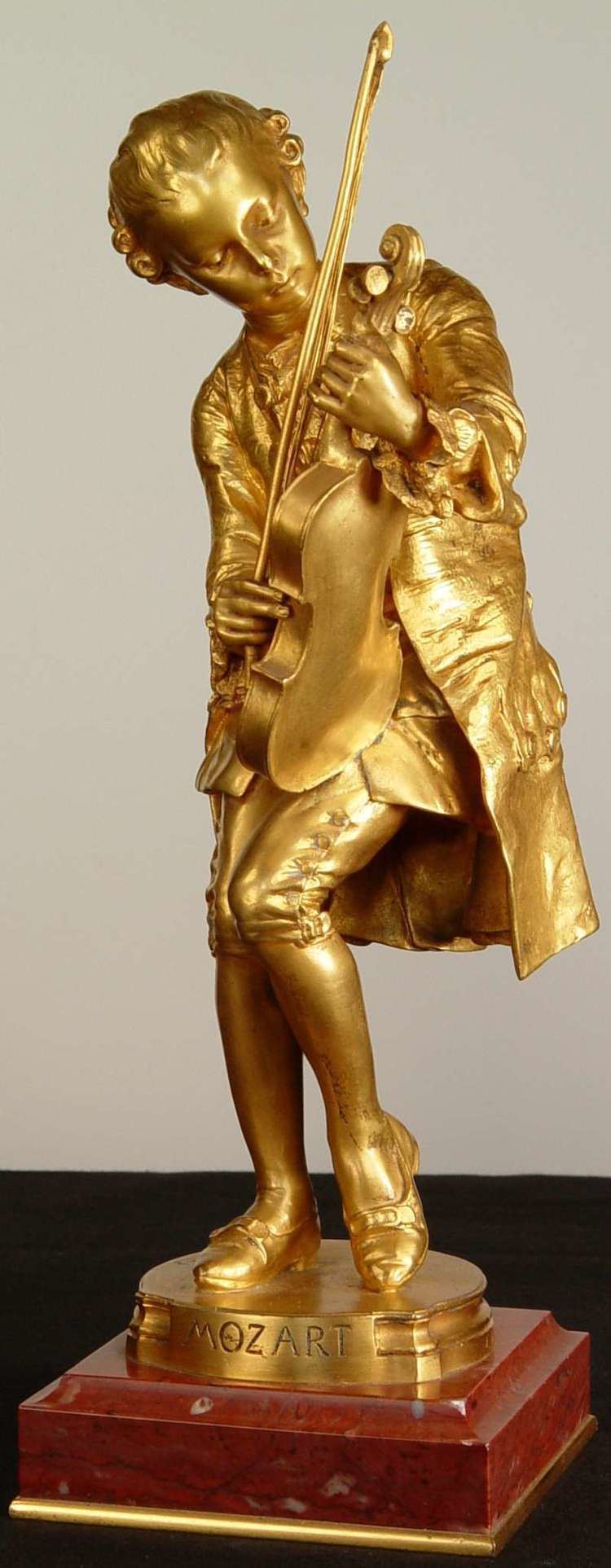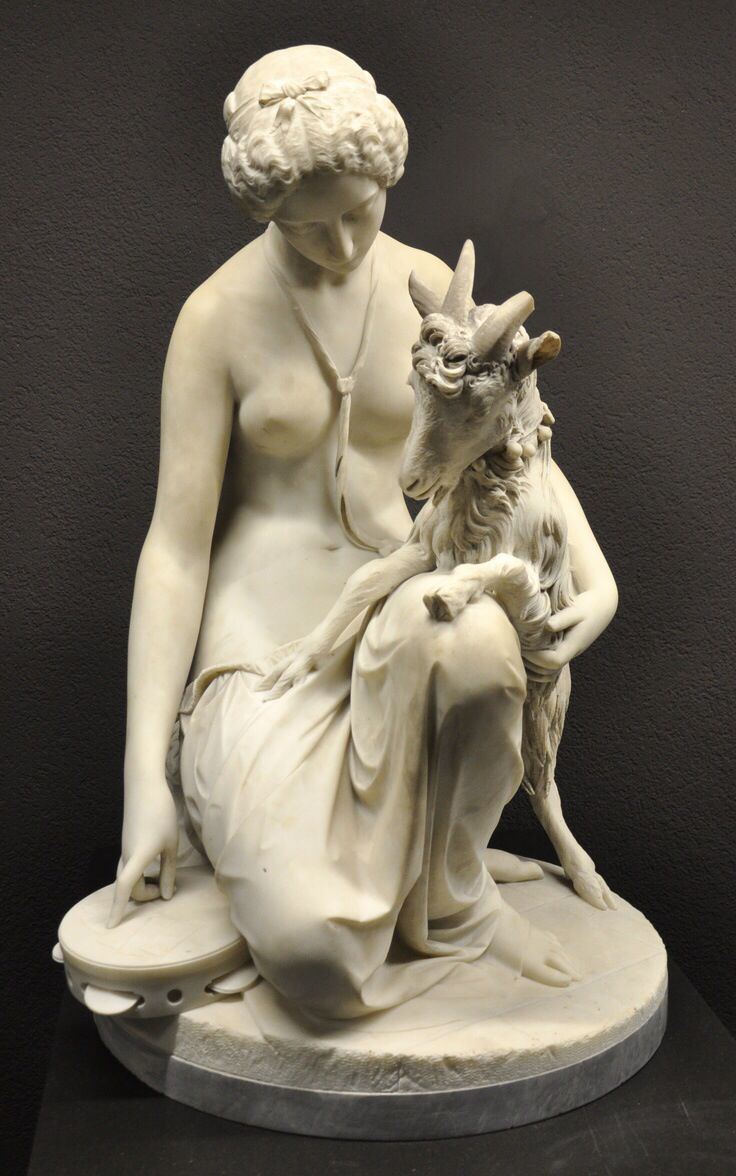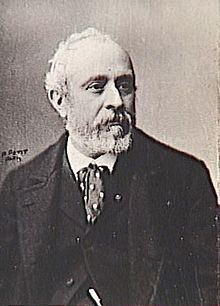Name Louis-Ernest Barrias | Period Academic art | |
 | ||
Education Ecole nationale superieure des Beaux-Arts | ||
Jonah Bokaer - "Nubians" by Louis Ernest Barrias
Louis-Ernest Barrias (13 April 1841 – 4 February 1905) was a French sculptor of the Beaux-Arts school. In 1865 Barrias won the Prix de Rome for study at the French Academy in Rome.
Contents

Barrias was involved in the decoration of the Paris Opéra and the Hôtel de la Païva in the Champs-Élysées. His work was mostly in marble, in a Romantic realist style indebted to Jean-Baptiste Carpeaux.

Biography

He was born in Paris into a family of artists. His father was a porcelain-painter, and his older brother Félix-Joseph Barrias a well-known painter. Louis-Ernest also started out as a painter, studying under Léon Cogniet, but later took up sculpture with Pierre-Jules Cavelier as teacher. In 1858 he was admitted to the École nationale supérieure des Beaux-Arts in Paris, where his teacher was François Jouffroy. In 1865 Barrias won the Prix de Rome for study at the French Academy in Rome. Barrias was involved in the decoration of the Paris Opéra and the Hôtel de la Païva in the Champs-Élysées. His work was mostly in marble, in a Romantic realist style indebted to Jean-Baptiste Carpeaux.

In 1878 he was made a knight of the Legion of Honour, an officer in 1881, and a commander in 1900. Barrias replaced Dumont at the Institut de France in 1884 then succeeded Cavelier as professor at the École des Beaux-Arts. In 1900-03 he served on the Council for the National Museums. Among his students were Josep Clarà, Charles Despiau, Henri Bouchard, and Victor Ségoffin.

Barrias was very influenced by the Art Nouveau style, which was prominent in art during the fin-de-siècle in France. The voluptuous women figures used in many of his sculptures are a product of this time and style. Nature and the erotic was, also, used often in this type style of art, which is seen in many of Barrias's works including, Nature Unveiling Herself Before Science. This piece was made in 1899, when this style was popular. Another sculpture by Barrias is Portrait of the Young Mozart. He also often used literary references in his sculptures (Fusco, Peter, and H. W, Janson, eds. The Romantics to Rodin. New York: Los Angeles County Museum of Art, 1980. Print).

Barrias died in Paris on 4 February 1905.
Selected works


At the Jardin des Tuileries:
At La Défense:
At the Musée d'Orsay:
At Dreux:
In private collections:
